Images: DARPA Robotics Challenge
Meet Thor
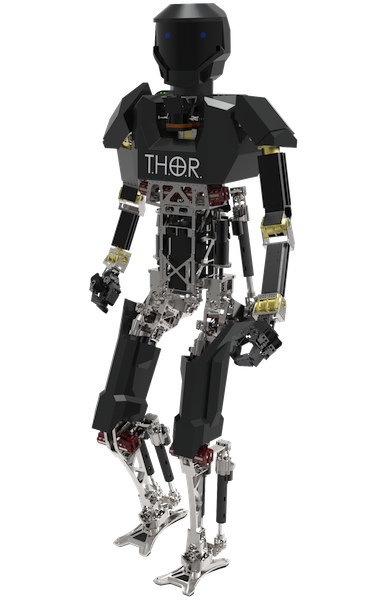
THOR, a Tactical Hazardous Operations Robot, being developed by Virginia Tech is expected to be agile and resilient with perception, planning and human interface technology that infers a human operator's intent, according to the DARPA website. The team is also developing a second, more traditional, robot to be on the safe side.
"We are developing two humanoid robot platforms for the DRC. One is 'THOR,' a humanoid robot using cutting-edge technology (custom series elastic actuators with impedance control, and momentum control for walking). The other is 'THOR-OP,' a more 'traditional' humanoid robot that utilizes position-controlled servos for actuation and ZMP based walking algorithms," the team writes on the DARPA website.
Chimp
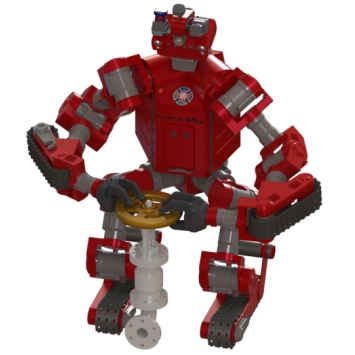
Carnegie Mellon University-NREC is developing the CHIMP (CMU Highly Intelligent Mobile Platform) robot for executing complex tasks in dangerous, degraded, human-engineered environments. CHIMP will stand 5 foot 2 inches and weigh a whopping 400 lbs. (180 kg).
"We faced the difficult challenge of designing and building the robot at the same time that we developed the software. Without a complete robot, we developed and tested much of the software using a simulator and a surrogate robot arm. We used the results of the simulation tests to put finishing touches on the hardware design as the robot came together," the team writes on the DARPA site.
RoboSimian
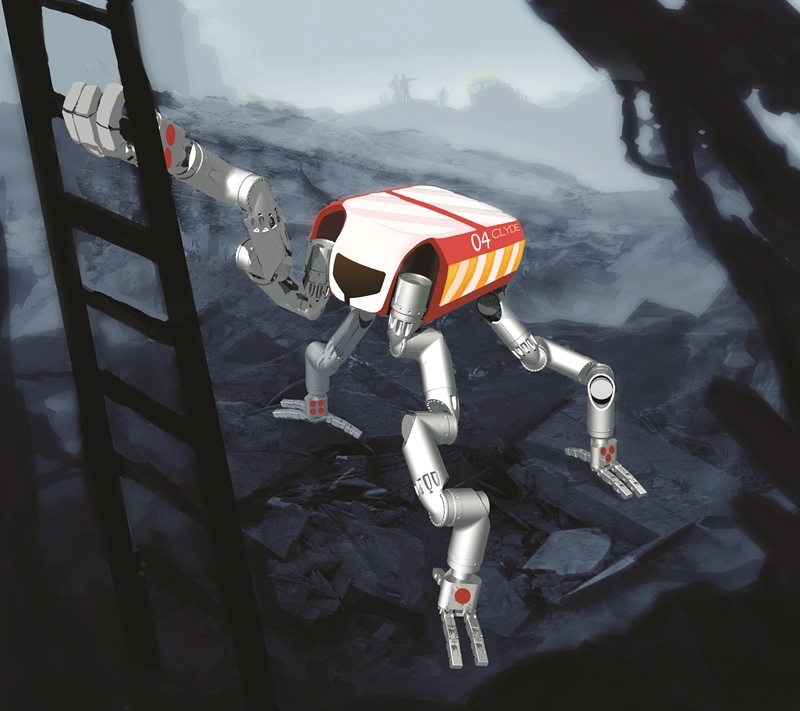
NASA Jet Propulsion Labs is building a simian-inspired, limbed robot called RoboSimian that will use deliberate and stable operations to complete challenging tasks under supervised teleoperation (shown here in this conceptual image). RoboSimian will use its four limbs and hands to achieve passively stable stances, create multi-point anchored connections to supports such as ladders, railings and stair treads, and brace itself during forceful manipulation operations, according to DARPA.
Intelligent Pioneer
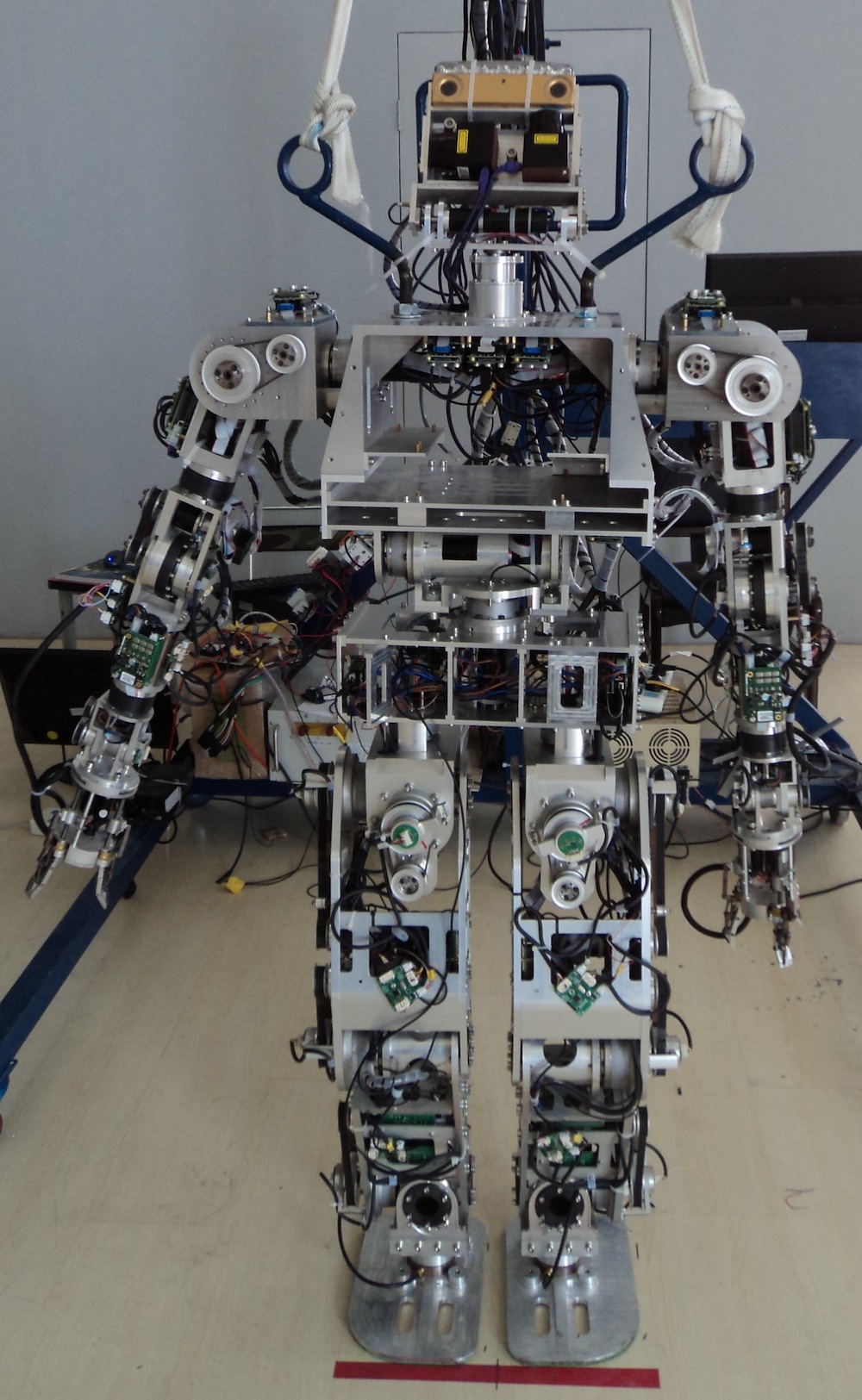
The Intelligent Pioneer robot is being developed by the Institute of Advanced Manufacturing Technology, Hefei Institute of Physical Science and Chinese Academy of Science in Jiangshu, China.
Buddy
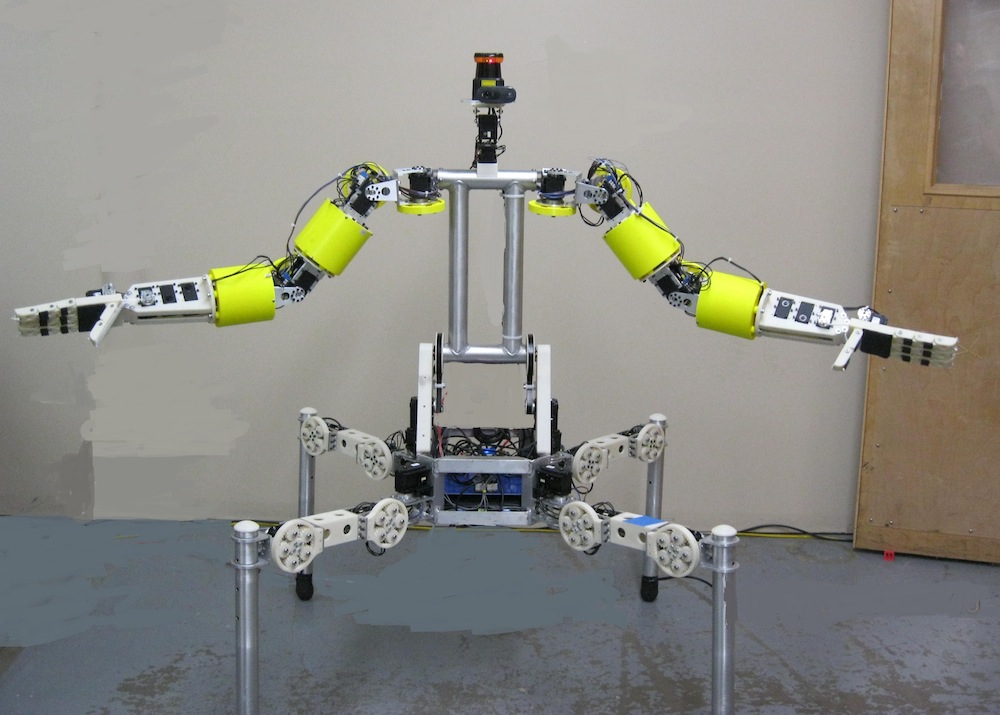
Team Mojavaton, from Grand Junction, Colo., is building a four-legged robot that stands nearly 5 feet (1.5 meters) tall. Engineers made use of 3D-printed plastic to keep the robot lightweight, at 37 pounds (17 kilograms). Team Mojavaton is primarily made up of professors and students from Colorado Mesa University in Grand Junction, Colo. The group built the robot hardware and software systems using only their own funds.
Chiron
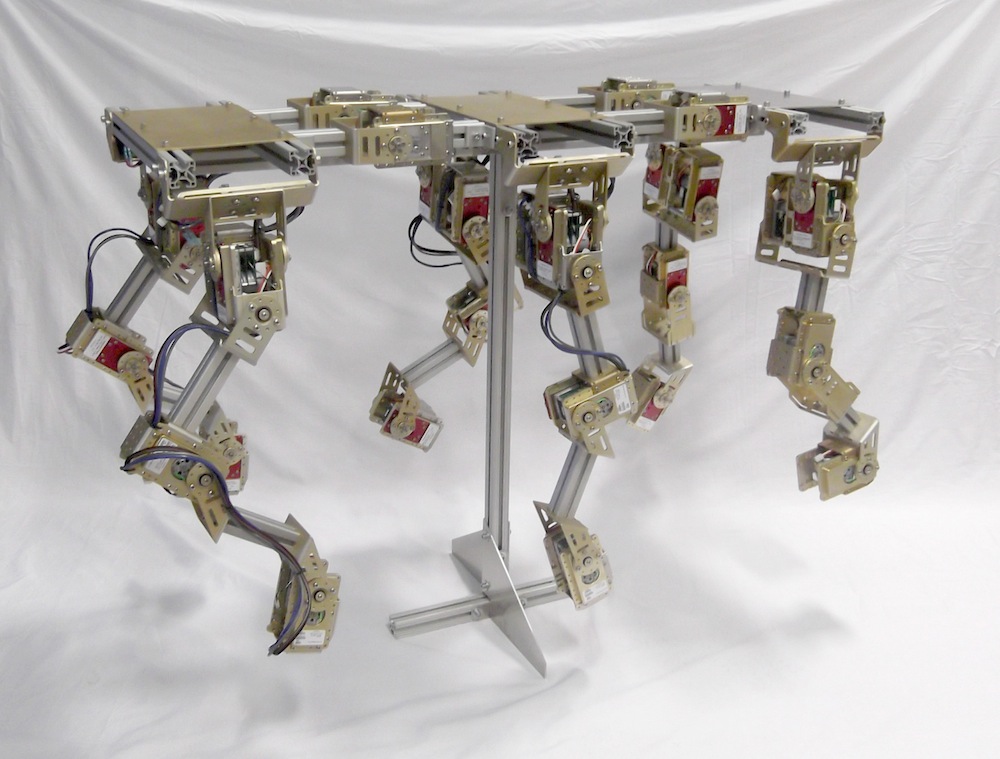
Team Chiron, from Salt Lake City, is building a six-legged robot using existing technology and components. The robot's six legs will give it greater dexterity, and could help it navigate deftly over flat and uneven terrain, according to team officials. Team Chiron's robot stands 36 inches (91 centimeters) tall, and weighs 150 pounds (68 kilograms).
Get the world’s most fascinating discoveries delivered straight to your inbox.
Jeanna Bryner is managing editor of Scientific American. Previously she was editor in chief of Live Science and, prior to that, an editor at Scholastic's Science World magazine. Bryner has an English degree from Salisbury University, a master's degree in biogeochemistry and environmental sciences from the University of Maryland and a graduate science journalism degree from New York University. She has worked as a biologist in Florida, where she monitored wetlands and did field surveys for endangered species, including the gorgeous Florida Scrub Jay. She also received an ocean sciences journalism fellowship from the Woods Hole Oceanographic Institution. She is a firm believer that science is for everyone and that just about everything can be viewed through the lens of science.


